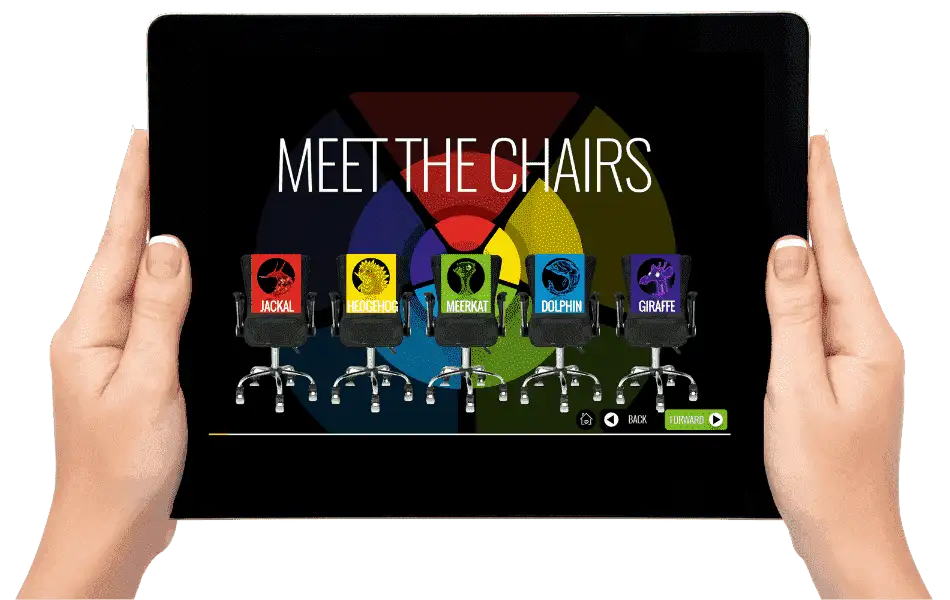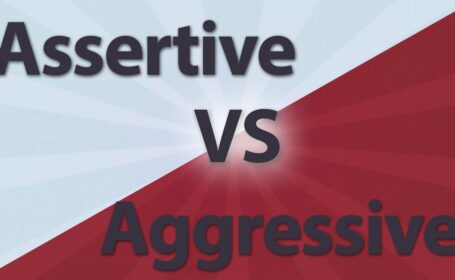

Mastering Communication for Effective Manpower Management: The 5 Chairs Model
- trienkhaiweb
- 25 August, 2025
- 0 Comments
In the competitive landscape of 2025, effective communication is more critical than ever for successful manpower management. At Quinn Vietnam Manpower, we recognize that clear, empathetic, and strategic communication is the cornerstone of building strong teams, fostering productivity, and achieving organizational goals. This article explores a powerful communication model, the “5 Chairs” by Louise Evans, and how it can be applied to enhance manpower management practices within Quinn Vietnam Manpower’s network.
Why Communication is Key to Manpower Success
Effective communication is the lifeblood of any successful organization, especially in the manpower sector. It impacts every aspect of the employee lifecycle, from recruitment and onboarding to performance management and retention. Clear communication ensures that:
- Expectations are understood: Both employers and employees have a clear understanding of roles, responsibilities, and performance expectations.
- Feedback is constructive: Feedback is delivered and received effectively, fostering growth and development.
- Conflicts are resolved: Open communication channels facilitate prompt and amicable conflict resolution.
- Morale is boosted: Transparent and empathetic communication creates a positive and supportive work environment.
- Productivity is maximized: Clear communication minimizes misunderstandings and ensures everyone is working towards common goals.
Quinn Vietnam Manpower recognizes that investing in communication skills is an investment in the success of our manpower resources and the satisfaction of our clients.
Introducing the 5 Chairs Model
The 5 Chairs model, developed by communication expert Louise Evans, provides a practical framework for understanding and improving communication patterns. It encourages individuals to become more conscious of their communication style and its impact on others. Each “chair” represents a different communication perspective:
Chair 1: The Judge
This chair is characterized by a critical and judgmental approach. Communication is often aggressive, blaming, and focused on finding fault. Individuals in this chair tend to see things only from their own perspective and are quick to criticize or condemn others.
Chair 2: The Victim
In this chair, individuals see themselves as helpless and at the mercy of external forces. Communication is often characterized by self-pity, negativity, and a sense of powerlessness. They may express feelings of being wronged or unfairly treated.
Chair 3: The Observer
This chair represents a neutral and objective stance. Individuals in this chair are mindful and observant, taking time to understand the situation before reacting. They communicate with curiosity and seek to understand different perspectives.
Chair 4: The Assertive Communicator
This chair embodies confident and assertive communication. Individuals express their needs and opinions clearly and respectfully, while also being mindful of others’ boundaries. They communicate with clarity, purpose, and a focus on solutions.
Chair 5: The Empathetic Listener
This chair prioritizes empathy and understanding. Individuals in this chair actively listen to others, seeking to understand their perspectives and emotions. They communicate with compassion, respect, and a genuine desire to connect.

Applying the 5 Chairs to Manpower Management
The 5 Chairs model offers valuable insights for improving communication in various manpower management scenarios:
Recruitment and Onboarding:
- Chair 5 (Empathetic Listener): Recruiters can use empathetic listening to understand candidates’ motivations, career goals, and concerns. This helps build rapport and ensures a good fit.
- Chair 4 (Assertive Communicator): Clearly communicate job expectations, company culture, and onboarding processes to new hires.
Performance Management:
- Chair 3 (Observer): Managers can use observation skills to identify performance issues and gather objective data before addressing them with employees.
- Chair 4 (Assertive Communicator): Provide constructive feedback that focuses on specific behaviors and offers clear suggestions for improvement.
- Chair 5 (Empathetic Listener): Listen to employees’ perspectives, understand their challenges, and offer support for their development.
Conflict Resolution:
- Chair 3 (Observer): Remain neutral and objective when mediating conflicts, seeking to understand all sides of the story.
- Chair 5 (Empathetic Listener): Encourage open communication and active listening to help parties understand each other’s perspectives.
- Chair 4 (Assertive Communicator): Facilitate a constructive dialogue and guide the parties towards a mutually agreeable solution.
Employee Retention:
- Chair 5 (Empathetic Listener): Regularly check in with employees, listen to their concerns, and address any issues promptly.
- Chair 4 (Assertive Communicator): Clearly communicate appreciation for employees’ contributions and provide opportunities for growth and development.
Team Building and Collaboration:
- Chair 5 (Empathetic Listener): Encourage team members to actively listen to each other, value diverse perspectives, and build trust.
- Chair 4 (Assertive Communicator): Foster open communication and create a safe space for sharing ideas and feedback.
Quinn Vietnam Manpower: Championing Effective Communication for Manpower Success
Quinn Vietnam Manpower is committed to providing our clients and manpower resources with the tools and training necessary to excel in communication. We offer workshops and resources on active listening, conflict resolution, and assertive communication. Our goal is to empower individuals to communicate effectively, build strong relationships, and contribute to a positive and productive work environment.
By embracing the 5 Chairs model and prioritizing effective communication, Quinn Vietnam Manpower and its network can unlock the full potential of their manpower resources, drive organizational success, and navigate the challenges of the ever-evolving business landscape in 2025 and beyond.
Related articles
11 Universal Truths That Fuel Successful Research in Manpower Management
In today’s rapidly evolving business landscape, staying ahead of the curve requires a commitment to ongoing research and analysis. This is especially true in the field of manpower management, where understanding trends and adapting to change is crucial for success. Whether you’re a seasoned HR professional or a business leader seeking to optimize your workforce,…
17 Essential Management Skills for Success
The business landscape is constantly evolving, and 2025 promises to bring new challenges and opportunities for managers across all industries. While there’s no magic formula for becoming a great leader, cultivating a strong set of management skills is crucial for navigating the complexities of the modern workplace. This article, brought to you by Quinn Vietnam…
20 Qualities of a True Leader in the Manpower Industry
Leadership in the manpower industry requires a unique blend of skills and attributes. At Quinn Vietnam Manpower, we recognize the importance of strong leadership in driving success for our clients and partners. As we move into 2025, the demands on leaders are evolving, requiring adaptability, vision, and a deep understanding of the changing dynamics of…
Aligning Purpose and Objectives for Manpower Success
In the dynamic landscape of manpower management in 2025, understanding the difference between purpose and objectives is crucial for organizational success. Quinn Vietnam Manpower recognizes that a clear articulation of purpose and well-defined objectives are essential for driving performance, fostering employee engagement, and achieving strategic goals. This article delves into the critical distinction between purpose…
Assertive vs. Aggressive Leadership: Finding the Balance
In today’s dynamic business environment, effective leadership is crucial for success. Leaders need to be assertive to drive results, inspire their teams, and navigate challenges. However, there’s a fine line between assertiveness and aggression, and crossing it can create a toxic work environment, hinder productivity, and damage morale. This article, brought to you by Quinn…
Attracting Gen Z Talent: A Guide by Quinn Vietnam Manpower
The landscape of the workforce is constantly evolving, and in 2025, Generation Z (Gen Z) is a dominant force. Born after 1995, this generation brings a unique set of values, priorities, and expectations to the workplace. For Quinn Vietnam Manpower, understanding and adapting to these characteristics is crucial for attracting and retaining top talent. This…







